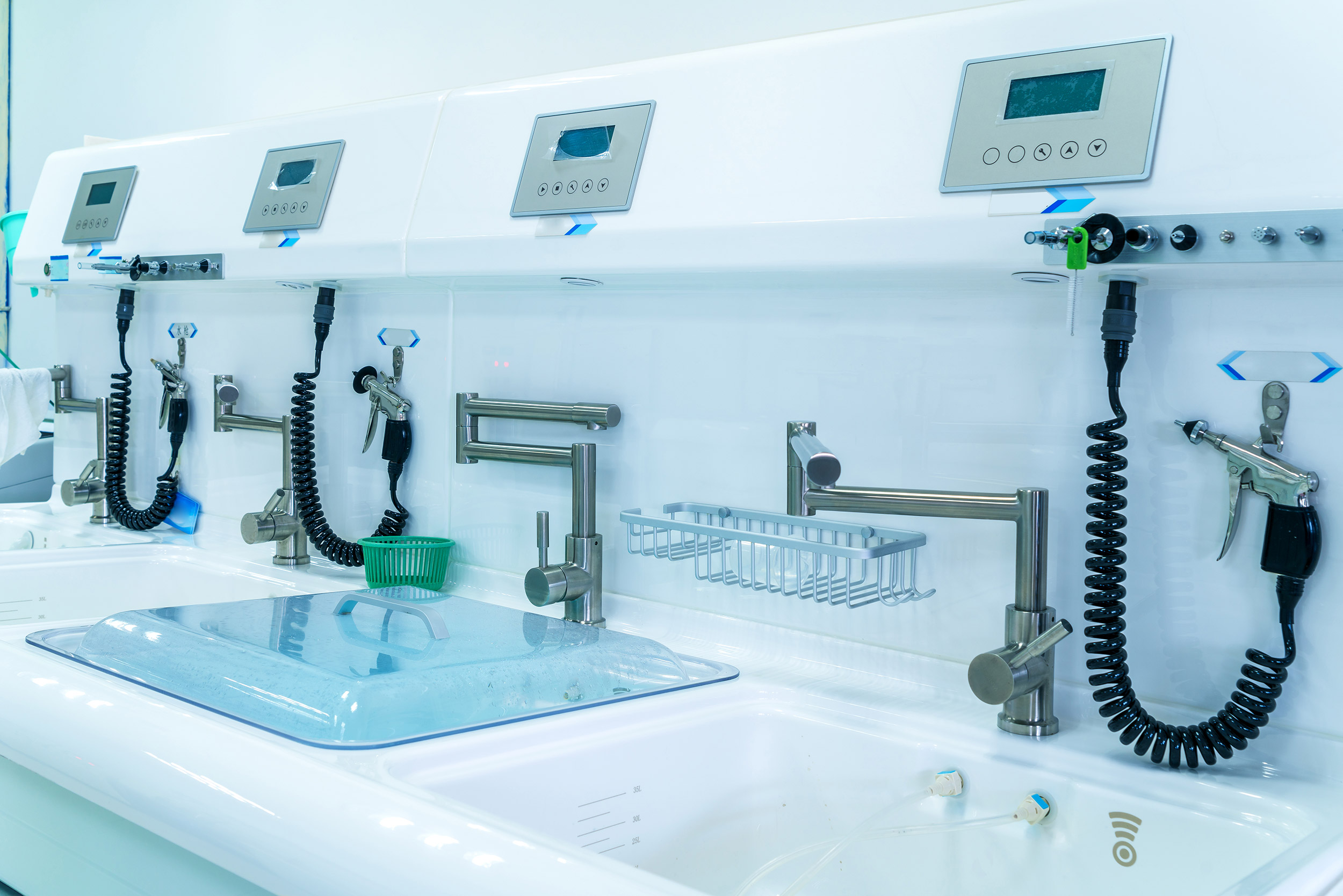
Whether the field is sterile processing, nursing, or the restaurant business, the refrain remains the same these days — many jobs and not enough workers.
Several factors have converged to create a worker’s market with employers left scrambling to devise incentives, pitch salary hikes, and to create a culture that will inspire loyalty — against the labor market odds.
In June alone, nearly 4 million people quit their jobs in the U.S. according to the latest Job Openings and Labor Turnover survey from the Bureau of Labor Statistics.
“We’ve got challenges in sterile processing finding people and keeping people, and those problems have been around for years, for decades probably,” says Hank Balch, co-founder of the Beyond Clean podcast.
The COVID-19 pandemic and larger labor shifts have converged to produce a labor market that will impact compensation, training, retention, recruiting, and culture for the foreseeable future, according to Ron Hetrick director of staffing products and data at Emsi. Hetrick was a guest on a recent Beyond Clean episode entitled “Where’d Everyone Go: Demographic Drought and the Future of SPD.”
It’s a phenomenon that Hetrick calls “a sansdemic” — literally “without people,” too much work and too few people.
Even absent a global pandemic, the sterile processing world is fraught with challenges. The work is complex, with the cleaning of some devices entailing more than 100 steps and taking more than two hours to complete. The process involves toxic chemicals, some odorless, some with a pungent smell. The pace can be relentless, as doctors clamor for clean, life-saving devices for their patients.
During the COVID-19 era, the dangers of infection from contaminated scopes and devices add another layer of risk to an already high-stress job.
There is no specific college degree required for the highly technical job of sterile processing, and training is not standardized. Also contributing to the current workplace challenge is the fact that throughout history, the U.S. population has always grown, yet we haven’t had a replacement birth rate here since the 1970s, Hetrick says.
The pandemic has greatly increased the demand for traveling jobs and their accompanying lucrative salaries. The money is too good for many to resist the allure of treking to where demand is high and the compensation has reached astronomical levels.
“When you have a worker shortage, you compound the problem,” Hetrick tells Beyond Clean. “Because when you don’t have enough people to do a job, you work the people that you have to death. They’re like, ‘Forget it. I’ll get out of this whole business. I’ll go do something else.’”
Like so many jobs these days, sterile processing, nursing and infection prevention all have more demand than people to fill the jobs.
“People have never been as valuable as they are right now,” Hetrick says. “We’ve never needed everyone as badly. Never has all of humanity been needed as much as it is right now.”
Click below to listen to the full episode:


